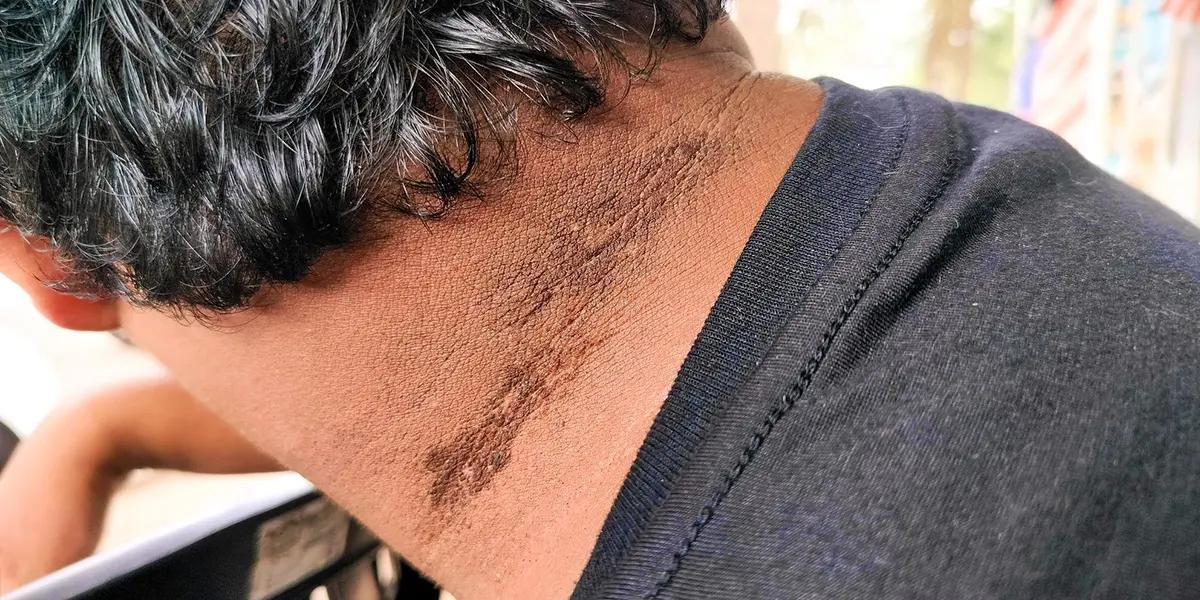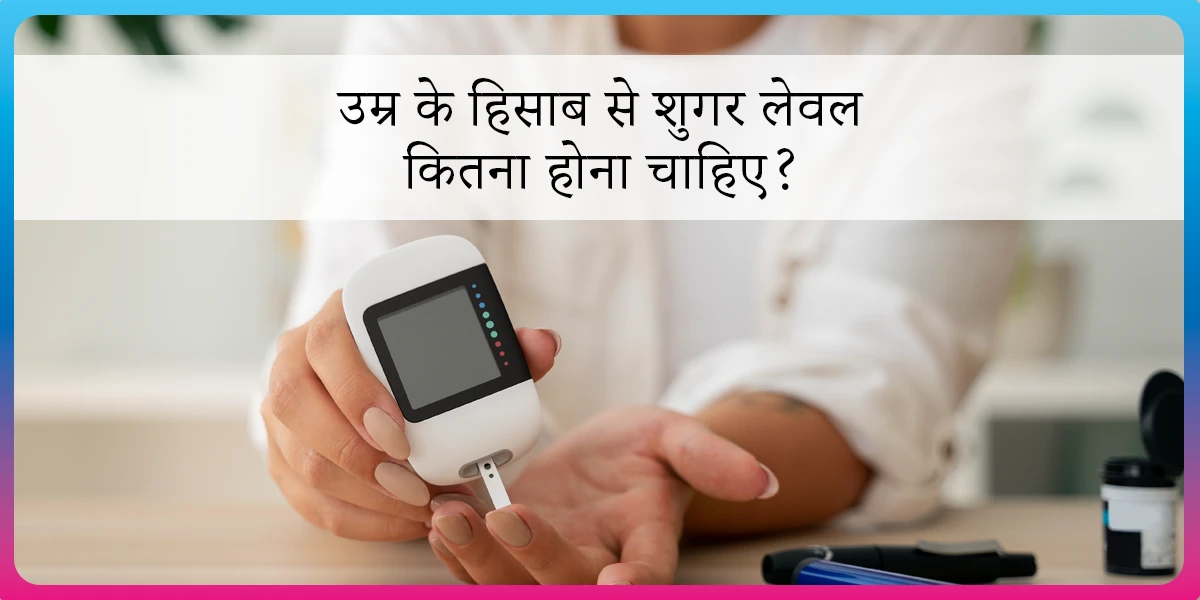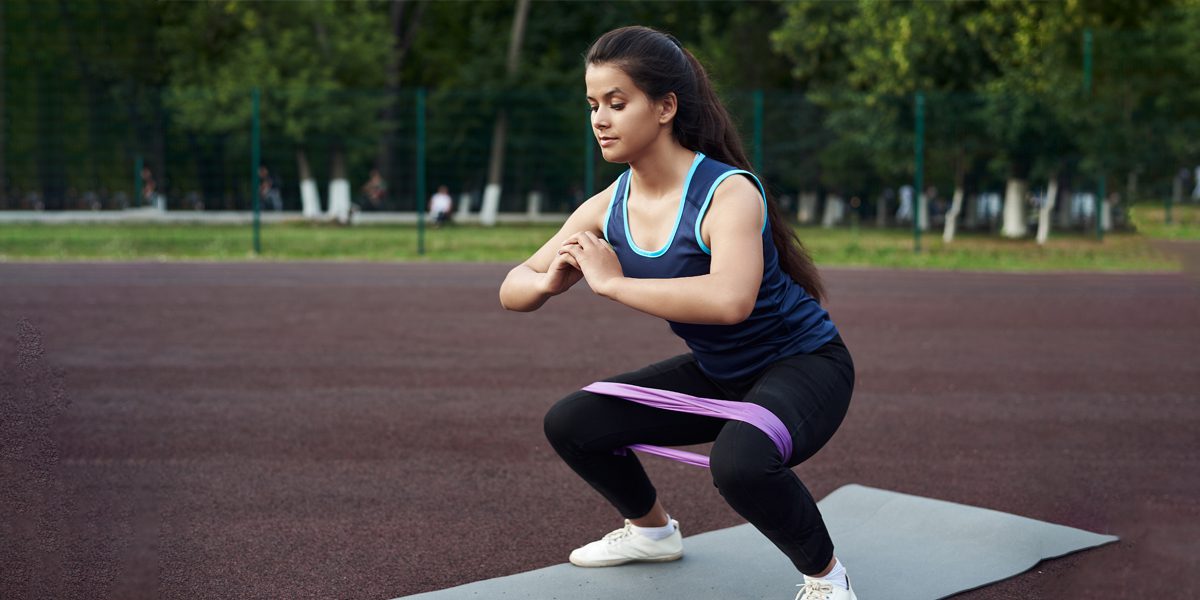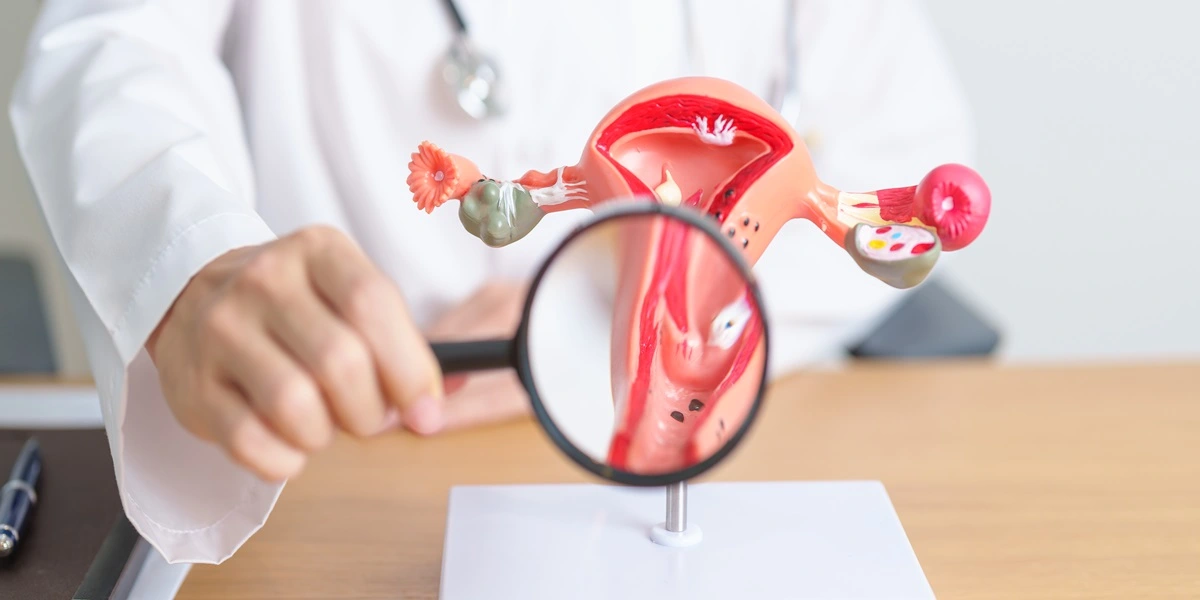What Are 10 Skin Problems in Diabetes?

Skin is the largest organ in your body, constantly exposed to the environment and highly sensitive. Yes, it’s an organ, and many of us do a lot to take care of it – moisturisers, home remedies, and skincare routines- but did you know that your skin also gives you signs of internal health? If you have diabetes, these signs can be even more important.
Identifying these signs and understanding the root cause early can help prevent any underlying issues, too. Most diabetes-related skin problems can be controlled with the proper care and by keeping your sugar levels in check.
In this blog, we’ll help you understand why diabetes affects your skin, the common issues to watch for, and simple ways to keep your skin healthy. Let’s get started!
To know your chances of Diabetes reversal, take the Diabetes Reversal TestDiabetes Reversal
Calculator
How Does Diabetes Affect the Skin?
Diabetes can affect the skin by causing dryness, poor blood flow, and a weakened ability to fight infections due to high blood sugar.
As a result, the skin may show changes in people with diabetes, along with other complications associated with the condition. This can lead to slower wound healing, increased dryness, itching, and a higher risk of infections.
If you’re noticing these skin changes, don’t worry. Dr. Vidya, our in-house diabetologist, can provide the right guidance to help you care for your skin and manage your diabetes effectively. Book a consultation today for expert advice.
6 Common Diabetes-Related Skin Problems & What You Can Do About It
1. Acanthosis Nigricans and Skin Tags
- If you notice dark, velvety patches of skin, commonly in areas like the neck, armpits, groin, and sometimes knuckles or elbows, it is often linked to insulin resistance, obesity, and metabolic syndrome.
- Skin tags (small, benign growths) can also appear in these areas and are similarly associated with insulin resistance.
- Losing weight and improving your diet can help lighten these patches over time.
2. Itching (Pruritus)
Itching is one of the most common complaints in people with diabetes.
- Your skin becomes dry, leading to constant itching, especially on your legs, feet, and arms.
- Poor blood flow can make the problem worse.
- Using a good moisturizer and drinking enough water can help soothe the skin and reduce itching.
3. Redness and Rashes
- If your sugar levels stay high for a long time, your skin may develop red patches or rashes, especially in skin folds like the neck, armpits, and under the breasts.
- Sweat and friction can make it worse.
- Keeping the area clean and dry can help prevent these rashes.
4. Fungal Infections
- People with diabetes may experience red, itchy patches with white scaling.
- Warm, moist areas like your underarms, groin (the area where the thigh meets the abdomen), and the spaces between your toes are perfect places for fungal infections to grow.
- Using antifungal creams and keeping the skin dry can help keep the infections away.
5. Bacterial Infections
- Diabetes weakens the body’s defences, making it harder to fight off these infections.
- From painful boils to eyelid infections (styes), bacteria can cause redness, swelling, and pain. If left untreated, they can become serious, so it’s important to seek treatment early.
6. Dry Skin and Cracks
- Diabetes often leads to dry skin, which can crack and cause pain, especially on the feet.
- These cracks can become infected if not cared for properly. Moisturizing regularly and avoiding hot showers can help prevent this.
Some More Complicated Skin Problems in Diabetes
7. Diabetic Dermopathy
- These are small, brownish spots that often appear on your lower legs. They don’t hurt or itch but can be a sign of poor blood circulation.
- They usually don’t need treatment, but keeping sugar levels in check can prevent more from appearing.
8. Eruptive Xanthomatosis
Yellowish, itchy bumps on the skin can appear when sugar and cholesterol levels are too high. Eating healthier and taking the right medications can help clear them up.
9. Diabetic Blisters
Sometimes, painless, fluid-filled blisters can pop up on your hands, feet, or legs. They look scary but usually go away on their own when blood sugar levels are well managed.
10. Diabetic Ulcer
- These are serious wounds, usually on the feet, that take longer to heal due to poor circulation and nerve damage.
- If not treated properly, they can become severe and may need medical attention. Taking care of your feet daily can help avoid such complications.
REVERSED Diabetes in 3 months


5.7%
Happy members
EMI
Guarantee
4.8/5
Diabetes Prime Program
How to Take Care of Your Skin in Diabetes?
We all know that diabetes affects almost every organ in the body, and your skin is no exception. So, taking care of your skin is equally important in managing diabetes.
High blood sugar levels can make your skin dry and prone to infections, but with the right care, you can keep it healthy and avoid complications.
- Keep your skin clean and moisturized: Use mild, fragrance-free soaps and lukewarm water to prevent dryness. After washing, gently pat your skin dry and apply a moisturizer, especially on dry areas like your feet, elbows, and hands.
- Stay hydrated: Drink plenty of water throughout the day to keep your skin soft and prevent dryness.
- Check your skin daily: Look for any cuts, cracks, or redness, especially on your feet. Treat any small issues early to prevent infections.
- Eat healthy foods: Include vegetables, nuts, and seeds in your diet to support skin health. Foods rich in omega-3, like flaxseeds and fish, can help keep your skin nourished.
- Avoid very hot water: Hot showers can make your skin dry and itchy. Use lukewarm water instead to prevent irritation.
- Wear comfortable clothing: Choose soft, cotton clothes that let your skin breathe and avoid tight or synthetic fabrics that can trap sweat and cause irritation.
- Protect your skin from the weather: Cold weather can cause dryness, and too much sun can harm your skin. Use mild sunscreen and cover up when needed.
- Stay active: Regular physical activity improves blood flow, which helps your skin stay healthy and heal faster. Even a daily walk can help.
- Control your blood sugar: Keeping your sugar levels within the normal range helps prevent skin problems and speeds up healing if you get cuts or wounds.
- Consult your doctor if needed: If you notice any persistent skin problems like itching, redness, or wounds that don’t heal, speak to your doctor or a dermatologist for advice and treatment.
How We at Fitterfly Can Help You?
At Fitterfly, we take a complete approach to diabetes care, and that includes helping you take care of your skin. Managing blood sugar levels is the first step to healthy skin, and our team of Nutrition, Fitness, and Success Coaches will guide you to achieve this in a way that fits your lifestyle.
Our personalized meal plans include skin-friendly foods like hydrating fruits, vegetables, and healthy fats that support better skin health while keeping sugar levels under control. We make sure your diet is easy to follow and fits into your daily routine without feeling restrictive.
Staying active is just as important. Our fitness experts will help you with simple and effective exercise routines that improve blood circulation, making it easier for your skin to stay healthy and heal faster.
Whether it’s walking, stretching, or strength training, we design a plan that works for you.
We also focus on helping you manage stress better because stress can worsen skin problems and affect sugar levels. Our Success Coaches provide support and practical solutions to help you stay motivated and consistent with your health goals.
With Fitterfly Diabetes Prime Program, you’re not just following a program – you’re getting a step-by-step plan for better health that’s designed just for you. Call us on 08068507599 to know more.
This blog provides general information for educational and informational purposes only and shouldn't be seen as professional advice.
Frequently Asked Questions
Can diabetes cause skin problems?
Yes. High blood sugar can lead to dryness, itching, and infections, which makes people with diabetes more prone to skin issues. Sometimes it can be an early sign of high sugar in some people.
How can I stop itching due to diabetes?
First, consult your doctor or a specialist (dermatologist) to confirm that your itching is caused by diabetes. If it is, keeping your blood sugar under control, moisturizing regularly with a gentle, fragrance-free lotion, and drinking plenty of water can help relieve dryness and reduce itching. Your doctor may also recommend specific treatments if needed.
What does diabetes do to your skin?
Diabetes can dry out your skin, slow down healing from cuts and wounds, and increase the risk of infections if blood sugar levels stay high.
What are the best ways to care for your skin if you have diabetes?
Keep your blood sugar under control to prevent skin problems. Use a fragrance-free lotion to moisturize daily, drink plenty of water to stay hydrated, and eat a balanced diet to support skin health. Check your skin regularly, especially your feet, for any cuts or sores and treat them quickly.
Is dry skin a sign of diabetes?
Yes. Persistent dry skin can be an early indicator of high blood sugar levels. If you notice ongoing dryness, it’s a good idea to consult your doctor.





















